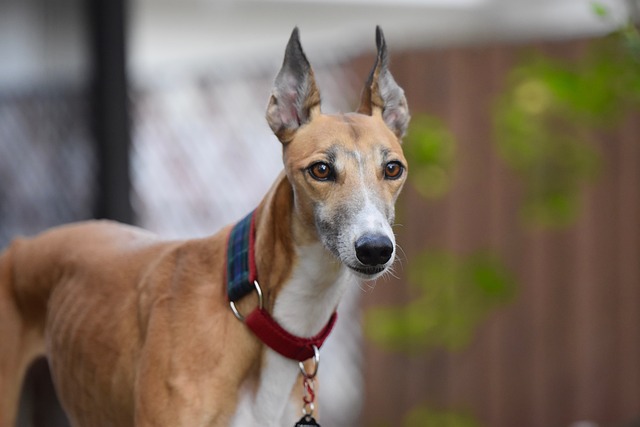
How do i train my dog to be obedient?
Watching your dog dart across the park ignoring your calls isn’t just frustrating—it can put them at risk near busy streets or public spaces.
You’ll often notice a house-trained dog starts showing clear signals when they need to go outside—like pacing near the door, whining softly, or even pawing at the handle. This isn’t just luck; it’s a sign they’ve learned to connect their bodily needs with your routine, whether that’s after breakfast or a play session in the living room. In many places, following this kind of routine also ties into local pet laws, which might require owners to clean up after their dogs in public or keep them leashed during walks—habits that a house-trained dog tends to adapt to more easily.
Another clue is consistency: a house-trained dog won’t have accidents in the house unless there’s a health issue or a big disruption to their schedule, like a sudden move or a missed walk. For example, if you forget to take them out before leaving for work, they might hold it until you get back instead of going on the carpet—a small but important sign they understand the “rules” of the home. This consistency also helps with compliance; some cities have rules about excessive barking or unruly behavior, and a dog that’s used to a routine is less likely to act out in ways that break those rules.

They’ll also show awareness of their surroundings, like pausing before entering a new room or looking to you for cues before heading outside. This isn’t just obedience—it’s a sign they’ve learned to associate certain spaces with “inside” behavior and others with “outside” needs. For instance, a house-trained puppy might stop at the front door and wait for you to open it, instead of wandering off to another part of the house. This awareness is key for staying on the right side of local laws, too—like knowing not to let your dog run off-leash in a park where it’s prohibited.
Of course, no dog is perfect, but a house-trained one will recover quickly from small mistakes. If they do have an accident, they might look guilty or avoid the spot later, showing they know they did something wrong. This is different from a dog that doesn’t understand the routine, who might not react at all. Remember, staying compliant with local laws also means addressing these mistakes properly—like cleaning up accidents with pet-safe products to avoid attracting pests, which some areas regulate closely.
Knowing if your dog is house-trained comes down to observing their habits and consistency. A dog that signals when they need to go, holds it through routine disruptions, and adapts to local rules is likely well-trained—and that not only makes life easier for you but also keeps you both on the right side of the law. Whether you’re taking them for a walk around the neighborhood or welcoming guests over, these small signs add up to a happy, healthy, and compliant partnership with your pet.

Watching your dog dart across the park ignoring your calls isn’t just frustrating—it can put them at risk near busy streets or public spaces.

New puppy owners often find themselves rushing to clean up accidents before they set in, and that’s where puppy pad training becomes a game-changer.

If you've noticed your dog's waistline disappearing and your veterinarian has mentioned those few extra pounds, your first instinct might be to simply reduce the amount of food in their bowl.

Training a dog to use a designated spot indoors isn’t as daunting as many new owners fear, but it does take consistency and an understanding of your pet’s needs.

That moment of dread on a walk is all too familiar for many new dog owners. You see another dog approaching down the sidewalk of your neighborhood

If the sight of another dog on your neighborhood walk makes your heart sink as your own dog erupts into a frenzy of barking and lunging, you're not alone.